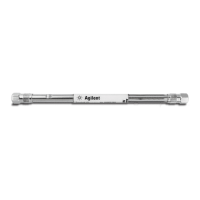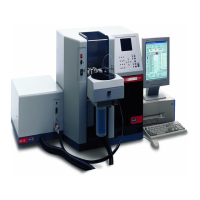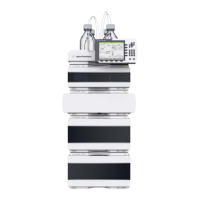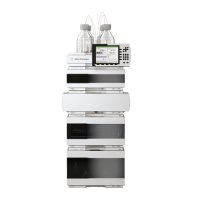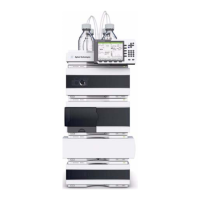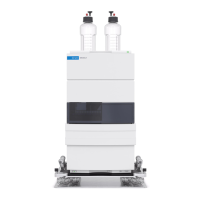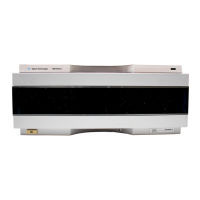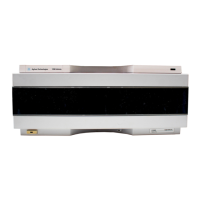250 Agilent 1200 Series Autosampler Reference Manual
8 Theory of Operation
RS-232C
The RS-232C connector is used to control the instrument from a computer
through RS-232C connection, using the appropriate software. This connector
can be activated by the configuration switch module next to the GPIB
connector.
The RS-232C is designed as DCE (Data Communication Equipment) with a
9-pin male SUB-D type connector. The pins are defined as follows:
8 STOP (L) Request to reach system ready state as soon as possible (for
example, stop run, abort or finish and stop injection). Receiver is
any module performing run-time controlled activities.
9 START REQUEST (L) Request to start injection cycle (for example, by start key on
any module). Receiver is the autosampler.
Table 48 Remote Signal Distribution (continued)
Pin Signal Description
Table 49 RS-232C Connection Table
Pin Direction Function
1InDCD
2InRxD
3OutTxD
4 Out DTR
5Ground
6InDSR
7OutRTS
8InCTS
9InRI

